Hanford upgrades its Effluent Treatment Facility



Hanford teams prepare for first tank waste transfer
The Department of Energy’s Office of Environmental Management said that crews at its Hanford Site in Washington state are preparing for the site’s first-ever transfer of radioactive waste...
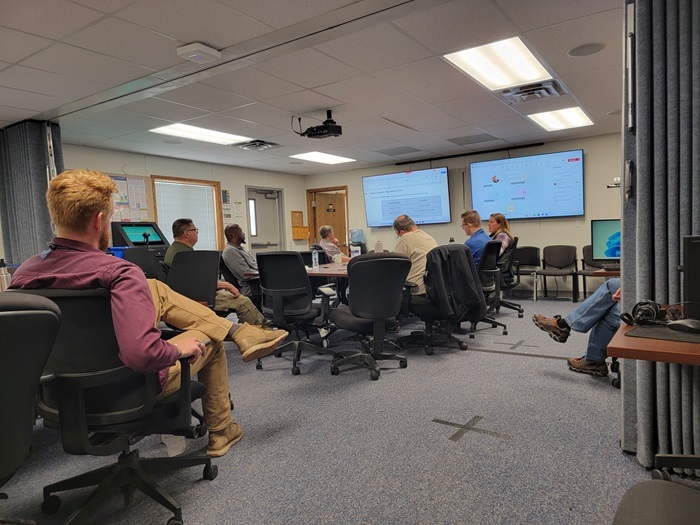
Hanford proposes “decoupled” approach to remediating former chem lab
Working with the Environmental Protection Agency, the Department of Energy has revised its planned approach to remediating contaminated soil underneath the Chemical Materials Engineering...

Novel waste analysis process approved for Hanford
A new method has received Washington state’s approval for use at the 222-S Laboratory at the Department of Energy’s Hanford Site, improving how experts analyze tank waste and providing...

Hanford advances WTP cold commissioning with introduction of waste simulants
The Department of Energy’s Office of Environmental Management announced that it has introduced waste simulant chemicals to the Hanford Site’s Waste Treatment and Immobilization Plant (WTP)...
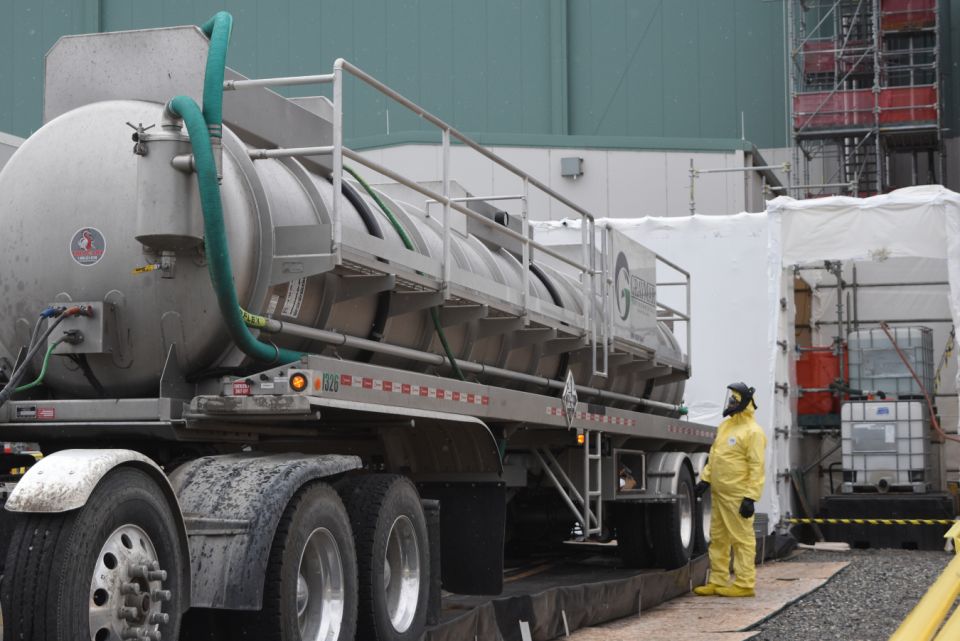
Hanford completes 2,000-gallon TBI waste shipment
As part of its Test Bed Initiative (TBI) demonstration project, the Department of Energy’s Office of Environmental Management completed two shipments of treated, low-activity tank waste from...
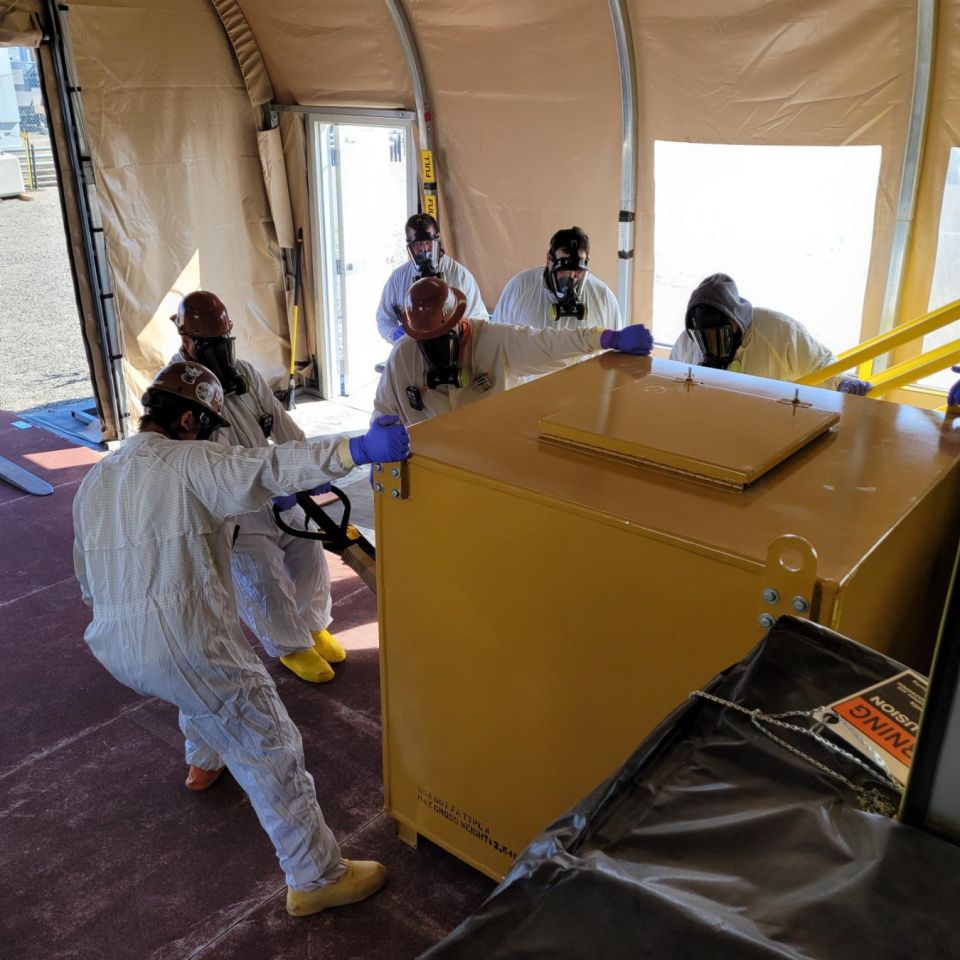
DOE report: Cost to finish cleaning up Hanford site could exceed $589 billion
The cost to complete the cleanup of the Department of Energy’s Hanford Site in Washington state could cost as much as $589.4 billion, according to the 2025 Hanford Lifecycle Scope, Schedule,...
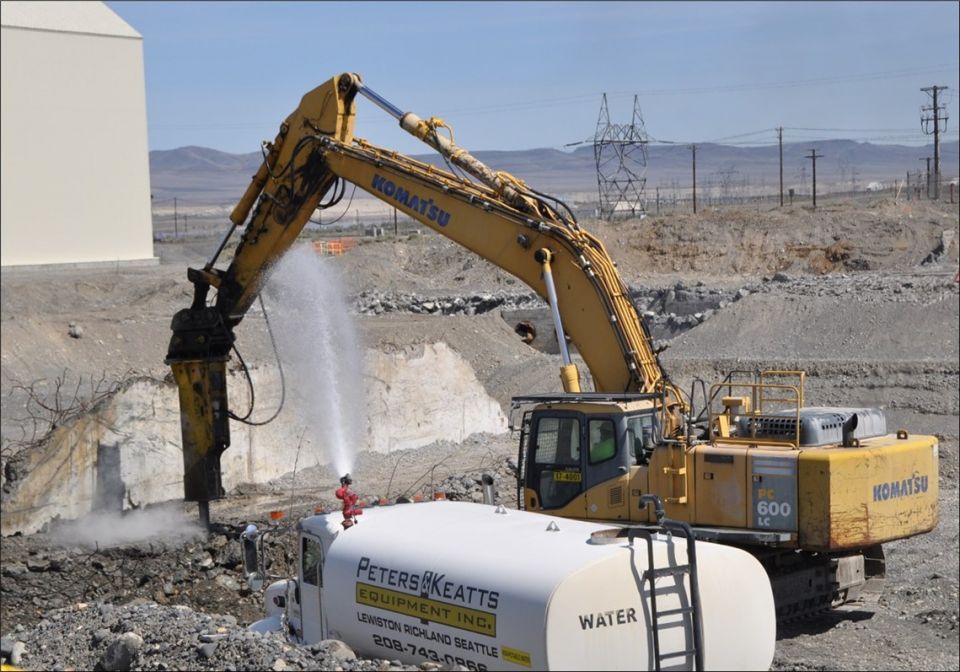
Will policies outlined in Project 2025 affect nuclear much?
I think so. The near future for nuclear depends on both the cabinet picks for Energy, Defense, Interior, and Commerce, and how well the new secretaries stick to the Project 2025 plan, the...
Senate committee hears from energy secretary nominee Chris Wright
Chris Wright, president-elect Trump’s pick to lead the U.S. Department of Energy, spent hours today fielding questions from members of the U.S. Senate’s committee on Energy and Natural...
Comments received on Hanford’s tank waste plans
The Department of Energy has agreed to hold a 30-day review and comment period on a draft environmental analysis associated with a proposed plan for retrieving, grouting, and transporting some...
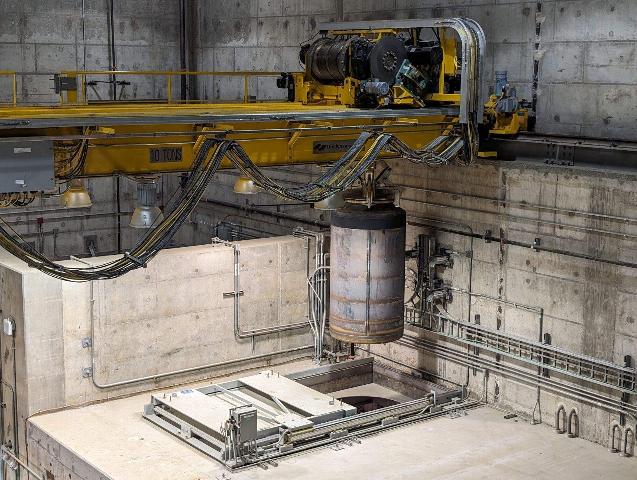
Hanford pauses D&D prep work on REDOX facility
Work to prepare Hanford’s Reduction Oxide Plant (REDOX) for decontamination and demolition has been put on hold as the Department of Energy shifts focus to higher-priority work at the...